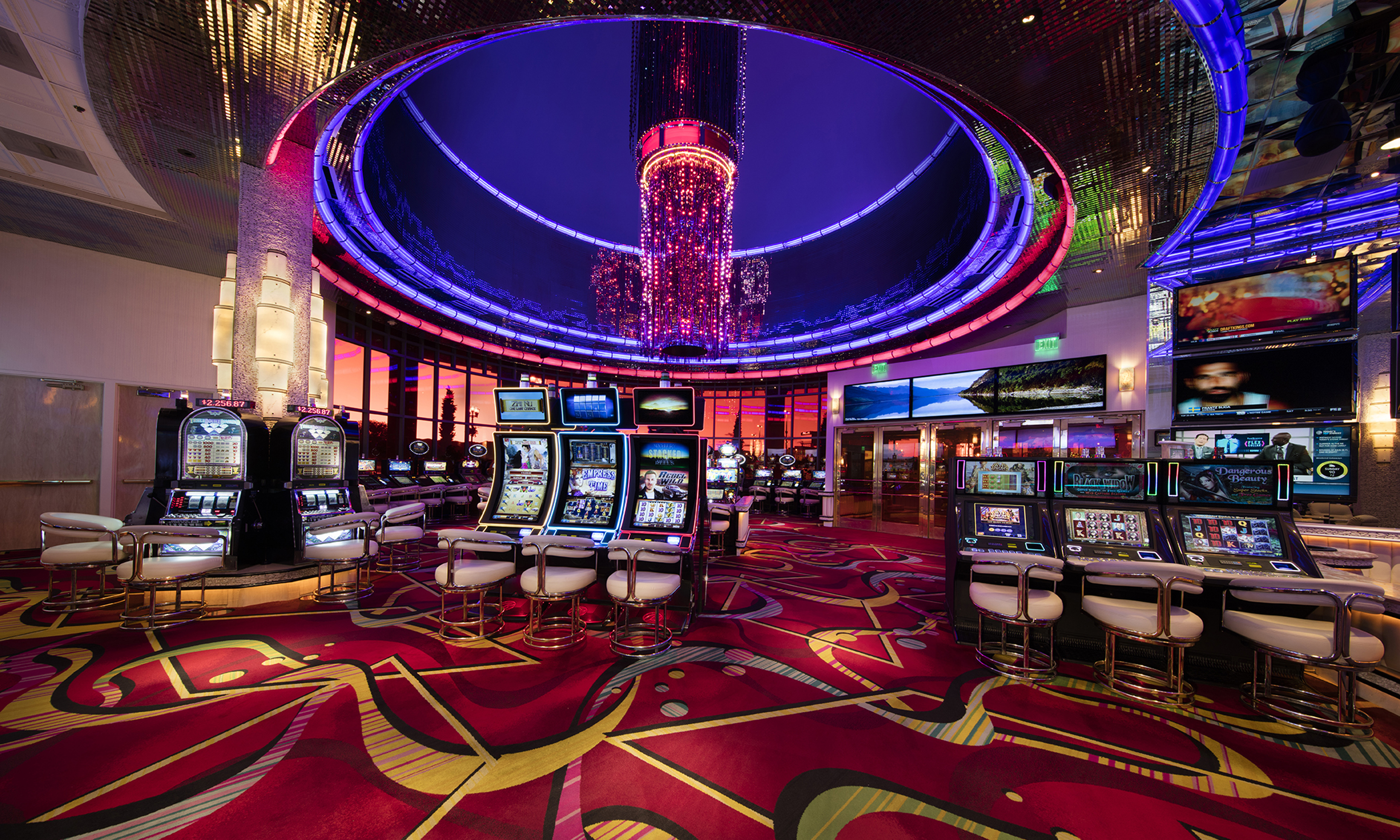
In the dynamic and stimulating world of casinos, where fortune and tactics intertwine, color and aesthetic play a critical role in drawing in players. From the moment visitors step inside a casino or log into a gaming platform, they are enveloped in a visual feast that grabs their attention and lures them to discover further. Vivid colors, captivating graphics, and creative layouts are meticulously crafted to create an environment of excitement and anticipation, ultimately improving the gaming experience.
While gamblers navigate through the ever-changing landscape of casino games, they come across a variety of designs that not only serve aesthetic purposes but also influence emotions and choices. Hues like red and yellow symbolize riches and fortune, while soothing blues and emeralds can create a much tranquil environment. Grasping how these elements work together enables casinos to create an welcoming and energizing atmosphere that encourages players to engage with the games, invest additional time at the tables, and boost their general enjoyment.
The Psychology of Tint in Gambling Games
Hue plays a key role in the design of gaming experiences, influencing players’ emotional states and actions. Lively and bold colors, such as red and amber, are often used to incite enthusiasm and capture notice. These hues create a sense of immediacy and vitality, encouraging participants to participate more readily with the activity. By strategically selecting tints, developers aim to inspire feelings of joy and anticipation, which can enhance the complete gaming experience.
Various shades also have psychological meanings that can influence how participants perceive their odds of victory. For instance, emerald is commonly associated with luck and abundance, making it a frequent choice in activities like roulette and poker games. This association can cause gamblers to feel more hopeful and assured in their play, ultimately encouraging them to stake more. Comprehending these links allows game designers to craft environments that enhance player happiness and loyalty.
Moreover, the layout of casino game interfaces often uses blended colors and opposing shades to direct players’ actions. For instance, successful combinations may be emphasized with vivid, differing shades, creating a visual cue. This technique strengthens positive outcomes and supports repeated engagement. By leveraging the science of color, casinos can develop games that not only attract players but also hold them involved and dedicated in their play experience.
Design Elements that Engage Players
The aesthetic appeal of casino games is largely influenced by the use of vibrant colors. Bright and contrasting colors are deliberately chosen to create an inviting atmosphere that grabs attention. For example, reds and golden hues often signify good fortune and prosperity, which is why they are common in the palettes of slot machines and table surfaces. These colors not only attract players in, but they also stir emotions associated with excitement and anticipation, enhancing the overall gaming experience.
In parallel to color, the aesthetic and organization of gambling games play a significant role in captivating players. Games are designed to be user-friendly, ensuring that players can quickly understand the guidelines and gameplay. User-friendly interfaces, along with captivating graphics and animations, help maintain gamer interest and promote extended play sessions. The tactile elements, such as the texture of the buttons and the sounds of the games, also contribute to a holistic sensory experience that keeps players engaged.
In conclusion, thematic elements in gaming design can greatly influence player choice. Many gambling games are inspired by media, fairy tales, or adventure themes, featuring symbols and characters that connect with players. These themes create a sense of immersion and connection, making each game feel distinct. When players feel a connection to the theme, they are more likely to opt for that game over others, leading to higher participation and excitement within the casino environment.
Case Studies: Notable Casino Game Designs
One prime example of effective gambling game design is the well-known slot machine series themed around popular movies. Games such as those based on the Wizard of Oz and Game of thrones utilize bright colors and superior graphics to enthrall players in familiar narratives. The use of moving visuals and entertaining sound effects takes the interest of players, establishing an psychological connection to the theme. This approach not just promotes longer play but also boosts the overall gaming experience, resulting in increased player retention.
Another effective case is the use of color psychology in table games like 21 and the wheel. Casinos often develop these games with deep reds and greens, colors traditionally associated with luck and wealth. For instance, the emerald felt on a blackjack table provides a calming effect, while the crimson accents in roulette invite excitement. This thoughtful use of color helps to create an inviting atmosphere that encourages players to participate, satisfying their psychological impulses and increasing their enjoyment.
Finally, social casino games that feature community features and lively, lively designs have achieved remarkable success in engaging players. Games like Zynga’s Poker and Slot-O-Mania leverage striking colors and playful animations to establish an inviting online environment. The inclusion of leaderboards, social sharing options, and in-game rewards fosters competition and community, drawing players in for longer sessions. Loto188 Such designs not only make the games visually enticing but also emphasize social interaction, a vital factor in player retention and engagement within digital casino environments.